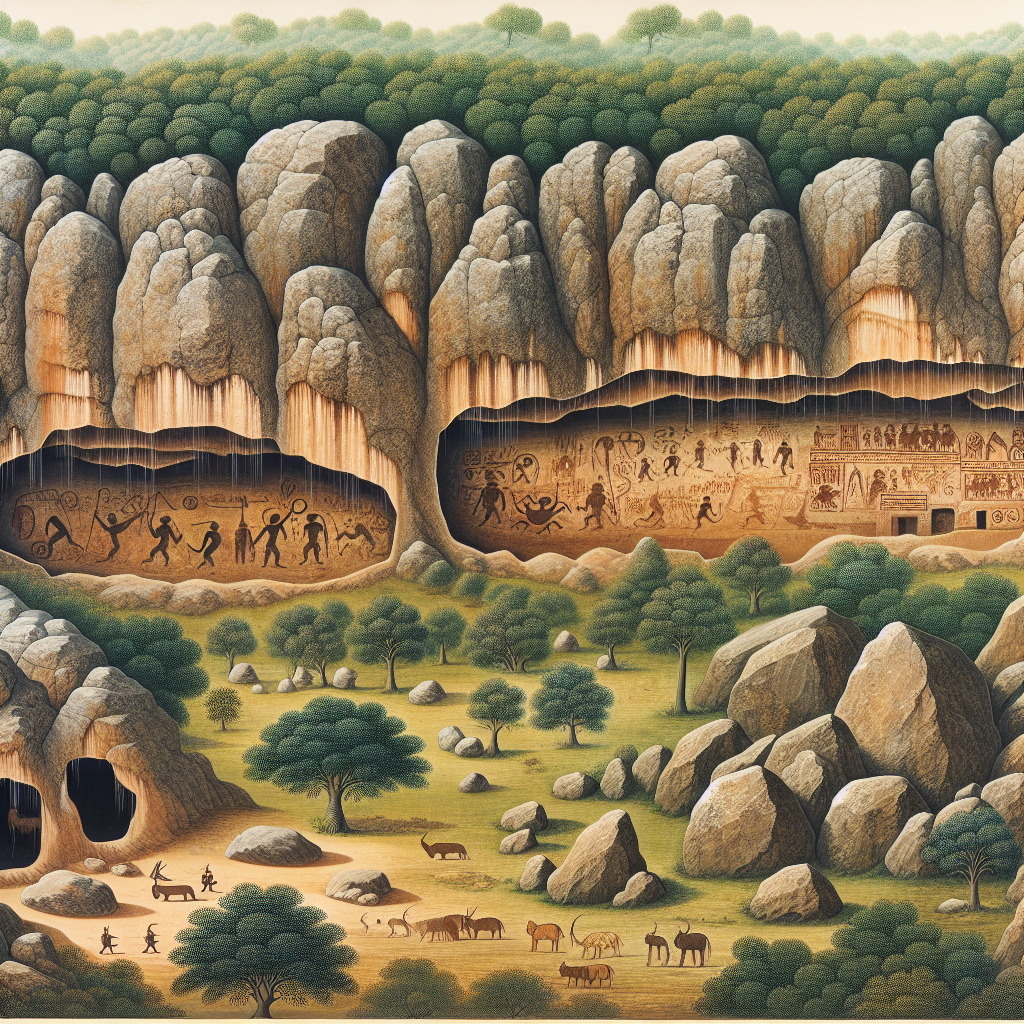India’s last five year GDP growth and factors for future
1. Overview of India’s GDP Growth (2018-2023)
India’s GDP growth has seen significant fluctuations in the last five years. In 2018, the GDP growth rate was approximately 6.1%. This rate declined to around 4.2% in 2019, primarily due to global economic slowdown and domestic factors. The COVID-19 pandemic in 2020 led to a historic contraction of about 7.3%. However, by 2021, India displayed resilience with a growth rebound of approximately 8.9%. For 2022 and 2023, projections estimated growth rates of around 7% and 6% respectively, reflecting ongoing economic recovery.
2. Key Factors Influencing Growth
Several factors have influenced India’s GDP growth over the last five years. Firstly, domestic consumption has remained a crucial driver, accounting for nearly 60% of GDP. Secondly, government initiatives like ‘Make in India’ aimed at boosting manufacturing have shown mixed results. Additionally, external factors such as global supply chain disruptions and inflation rates have had significant impacts on economic stability. Furthermore, the agricultural sector, which employs around 42% of the workforce, plays a vital role in economic health.
3. Future Growth Prospects
Looking forward, India’s GDP growth is anticipated to be influenced by various factors. Technological advancements are expected to drive productivity. A focus on renewable energy may also spur investment, aligning with global sustainability goals. Additionally, urbanization and demographic changes, with more than 50% of the population under the age of 25, will likely enhance the labor force. According to the World Bank, India could potentially reach a growth rate of 6.5% to 7.0% annually for the next five years, contingent on effective policy implementation and economic reforms.
4. Challenges Ahead
However, challenges persist. Rising inflation, estimated at around 5.5%, and geopolitical tensions can hinder growth. Moreover, structural issues such as unemployment rates near 6% and a weakened small and medium enterprise (SME) sector require attention. Additionally, maintaining fiscal health while investing in infrastructure may pose a challenge for the government.
5. Conclusion
In summary, India’s GDP growth trajectory over the past five years reveals a dynamic yet volatile economy. Future growth will depend on both internal and external factors, including policy decisions and global economic conditions. With strategic planning, India holds the potential to emerge as a major economic hub in the coming years.




Post Comment